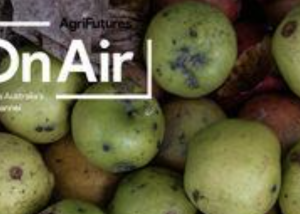
Plastic waste in Australian agriculture, fisheries and forestry includes soil mulch films, nets and mesh, piping and irrigation, poly tunnels and silage wrap.
In 2020-21 Australian agriculture and forestry generated an estimated 100,000 tonnes of plastic material (note that this estimate does not include fisheries). Horticulture accounted for 63% of agricultural plastic waste due to the intensity of production systems and a relatively high rate of plastic waste per hectare compared with other sectors.
The plastic material types with the largest annual volumes were:
- Irrigation pipes, tubes and drainage combined
- Silage wrap
- Weed matting
- Seedling trays
- Mulch/fumigation film
- Agricultural containers
Most plastic was either managed onsite (e.g. stockpiled, buried or burned) or landfilled. Agricultural plastic is often challenging to recycle due to limited recycling capacity or technology, logistical challenges such as distance to recyclers, and contamination issues.
The National Agricultural Plastics Stewardship Scheme – one of 24 projects funded under the National Product Stewardship Investment Fund (NPSIF) – aimed to facilitate and incentivise a viable market to recycle agricultural plastics. It involved solutions for on-farm retrieval, from farm collection logistics, processing technology and equipment and development of recycled plastic products and their markets.
A proposed national implementation plan has been developed to address the issue of non-packaging agricultural plastic waste in Australia, focusing on protective film; piping, irrigation and drainage; and nets and mesh.








